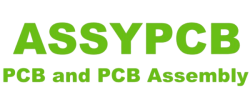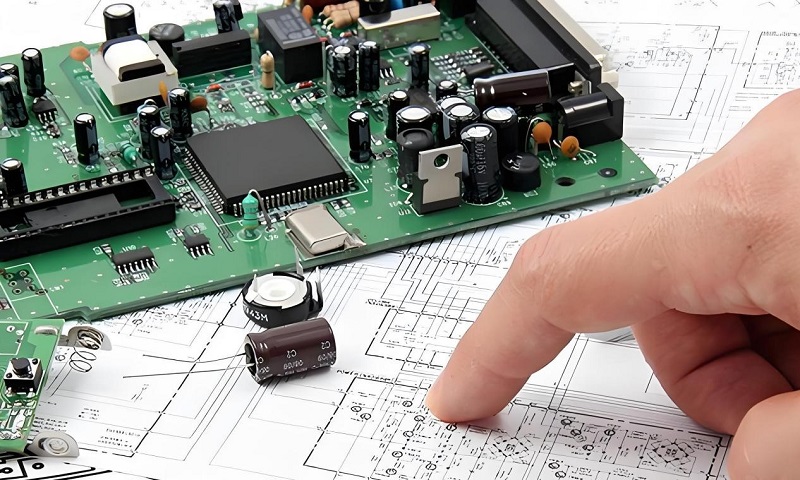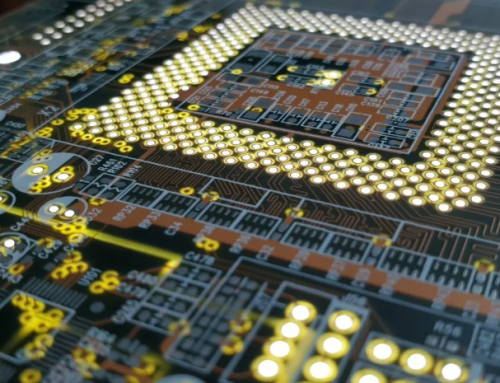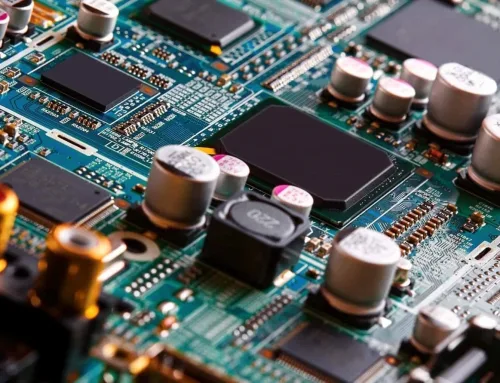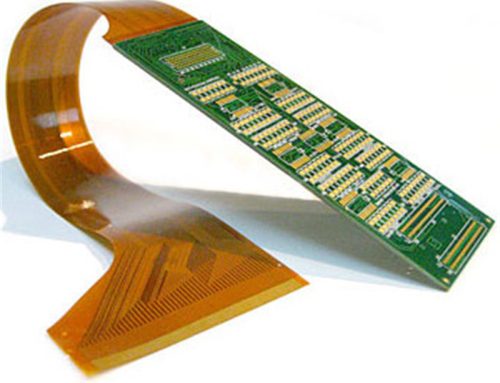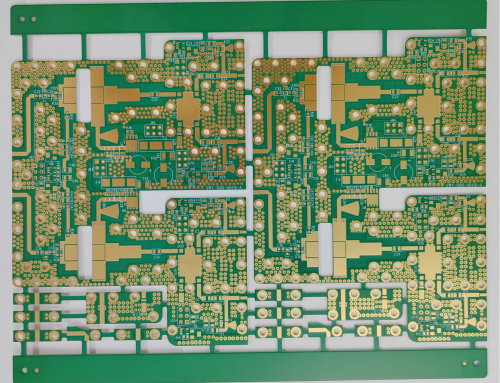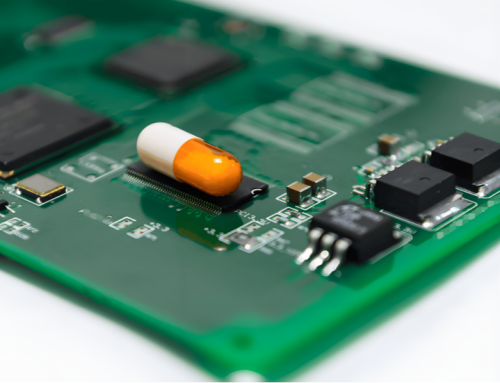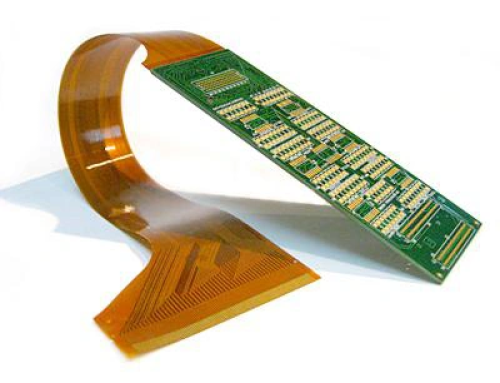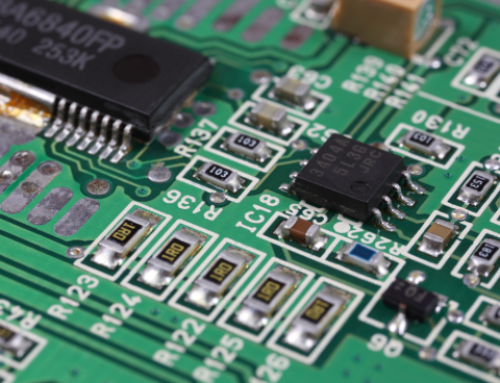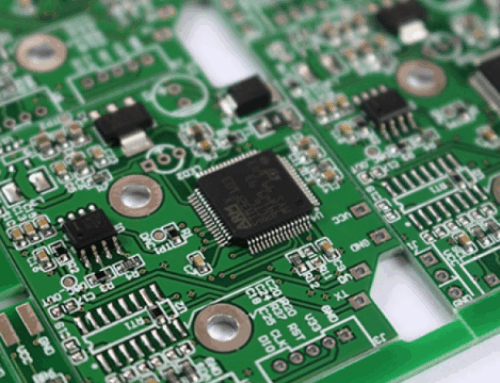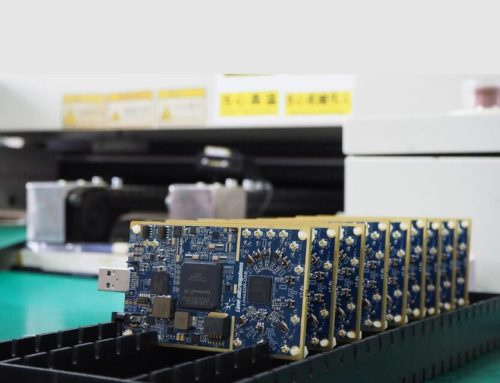What is a Copy of an Assembled Circuit Board?
Table of Conent
Table of Conent
PCB copying, also referred to as circuit board cloning, is the process of using reverse R&D technology to analyze circuit boards in reverse, restore PCB files, bill of materials, schematic files, and other technical documents from the original product, and then use these technical documents to create PCB boards, soldering components, testing and debugging, and finally complete the original circuit board samples of a complete copy.
How to Copy PCB?
1. Scan the circuit board that needs to be duplicated for a backup, take out the parts and note the data to make a BOM table, and wipe off any residue from the board’s surface.
2. Import the board copy program, scan the cleaned electronic board, arrange the components and draw wiring based on the picture, and then export the PCB file.
3. Create an electronic board from the PCB file, weld the parts together, and then test and debug to make sure the duplicate electronic board works as intended.
How Does One Go about Copying a PCB?
1. Preparation
• Obtain circuit card: First of all, you need a circuit card, which can be provided by the customer or bought in the market.
• During the copying process, scan and save a copy of the printed board for reference.
2. Remove Components
• Remove Components: Use tools such as hot air gun to remove components from the printed board, pay attention to temperature control to avoid damaging the components or printed board.
• Create a bill of materials list by noting the model, specifications, location, and other details of the components that were taken out.
3. Clean the PCB Board
• Remove residues: After removing the components, clean the surface of the board of tin residue and other residues.
4. Duplicate Board
• Scan the PCB: Scan the cleaned circuit board again to get a clear image.
• Import copy board software: Import the scanned image into copy board software.
• Place components and draw wire: Using the scanned image as a guide, draw the circuit board’s wiring and then insert the appropriate parts into the copy board program.
• PCB file export: The circuit card design can be exported to PCB file format.
5. Manufacturing and Testing
• Make PCB board: Make the board from the exported PCB file.
• Soldering Components: Solder the purchased components to the fabricated the board.
• Test and debug: To make sure the soldered board functions correctly, test and debug it.
6. Notes:
• Legal Compliance: To prevent violating intellectual property rights, you must be mindful of applicable rules and regulations when copying printed boards.
• Control of precision: To guarantee that the circuit board is identical to the original board, precision must be closely monitored throughout the scanning, drawing, and fabrication processes.
Does the PCB that was Duplicated Adhere to the Rules?
The primary determinants of the copied circuit card’s compliance are its intended use and whether or not the applicable intellectual property regulations have been followed.
• Respect for Intellectual Property Rights: When copying the printed card, care must be taken to ensure that the original design’s intellectual property rights are respected.
• Legality of reverse engineering: If reverse engineering is done for a valid reason, it may be acceptable in some circumstances to duplicate printed cards.
The aim of the copying and if the proper intellectual property license has been obtained determine whether or not copying circuit cards is legal. Unauthorized usage for commercial reasons could be against applicable laws and regulations and expose the user to legal consequences.
What Advantages Does Copying a PCB Offer?
1. Time and cost savings: Businesses can save money and time by copying electronic boards instead of starting from scratch. It can save a great deal of time and work, particularly in complicated and urgent assignments.
2. Improve R&D efficiency: copy electronic board can accelerate the product development process, shorten the product development cycle, and get products to market faster.
3. Optimize performance and functionality: copy electronic board are more than just simple copies. Product performance and functionality can be improved by technical data analysis and research, increasing the product’s marketability。
4. Avoid Intellectual Property Issues: Businesses can legally avoid violating others’ intellectual property rights by using copy boards.
What Should I Consider When Making a PCB Copy?
• Backup the original files: Before you start copying, make sure to backup the original PCB files and GERBER files.
• Strict file operation: The electronic board must be copied precisely in accordance with the information in the GERBER file and cannot be altered at will.
• Check the content of the file: After exporting the GERBER file, you need to check the content of the file carefully to ensure the accuracy of the copied board content.
• Inner circuit processing: The inner circuit must be checked through the outer circuit because the inner circuit and copper foil are the only components visible during inner circuit processing.
• Copper plating: The copper foil must be disconnected from the inner circuit and not connected to the outer circuit during copper plating.
• CAM software proofreading: To guarantee the accuracy of the duplicated board material, use CAM software to proofread the finished design.
• Document component information: Prior to copying, thoroughly document the model numbers, specifications, and positions of every component, paying particular attention to the orientation of transistors, diodes, and IC gaps.
• Cleaning: The PCB board should be disassembled and cleaned by removing all parts, cleaning the printed board with alcohol, wiping it dry, and then placing it in the scanner.
• Image processing: Modify the brightness and contrast to create a striking contrast between the copper film-containing and non-copper-film components. Eliminate scratches, noise, etc.
• Converting format: Create a PCB file by converting the processed image to a PROTEL format file, then importing it into PROTEL and checking the PAD and VIA positions for precise overlap.
• Merge and Verify: Import TOP. PCB and BOT. PCB, then combine them into a full board drawing. Copy the TOP layer using a laser printer.
How Do I Copy a PCB?
1. Send in Sample Images
• Customer action: Take clear pictures of the board sample, making sure to include the wiring details and component arrangement on both sides. Then, transmit the pictures to us.
• Notes: For our engineers’ preliminary examination and assessment, make sure the pictures are sufficiently clear to display the component type, placement, and wiring on the circuit board.
2. The First Quote and Correspondence
• The complexity of the printed circuit board in the images, the quantity and kind of components, and other considerations will all be taken into consideration when our engineers evaluate the sample photos.
• Information about the program and IC: In order for us to assess the difficulty and expense of program cracking and provide a more precise price, you must notify us or send us clear pictures of the printed circuit board if it contains program IC.
3. Verify the Cost and Provide Samples
• Price Confirmation: You can get in touch with us again until you and the other party agree on the price if you have any queries or need to make any adjustments after obtaining our initial quotation.
• Sample Delivery: In order for us to perform a more thorough analysis and cloning, you must send us PCB samples—ideally two samples—as soon as the price has been finalized. Once we have the samples, we will provide you a precise quote based on the real samples.
4. Payment and Start of Production
• Payment procedure: You will pay using our payment option once you have verified that the final quotation is accurate.
• Production commencement: Following the customer’s payment, we will formally begin the printed board cloning process, which will include sample analysis, component disassembly, printed board sketching, and other procedures.
5. Delivery of Design Files and Board Production
• Delivery of Design Files: We will email you the full Gerber files, schematics, and BOM for your approval and evaluation after the printed board cloning project is finished.
• Board Manufacturing: Following verification that the design files are accurate, we will start producing the board for you using these files to guarantee that its performance and quality satisfy your needs.
Conclusion
As previously said, every stage of the PCB duplicate process is painstakingly carried out to guarantee that the copy board faithfully replicates the original board’s functionality. Additionally, locating a certified printed board maker is crucial. We have a great deal of experience making printed boards. Please get in touch with us if you require copies.
Latest Blog
Contact Info
Phone: +86-755-82882936
Email: [email protected]
WhatsApp: +86-13570802455
Wechat: +86-13570802455
Address: 2nd floor,D Bldg.,Electric Link Technology Bldg.,Gongming,Guangming New Dist.,518106 Shenzhen, China
